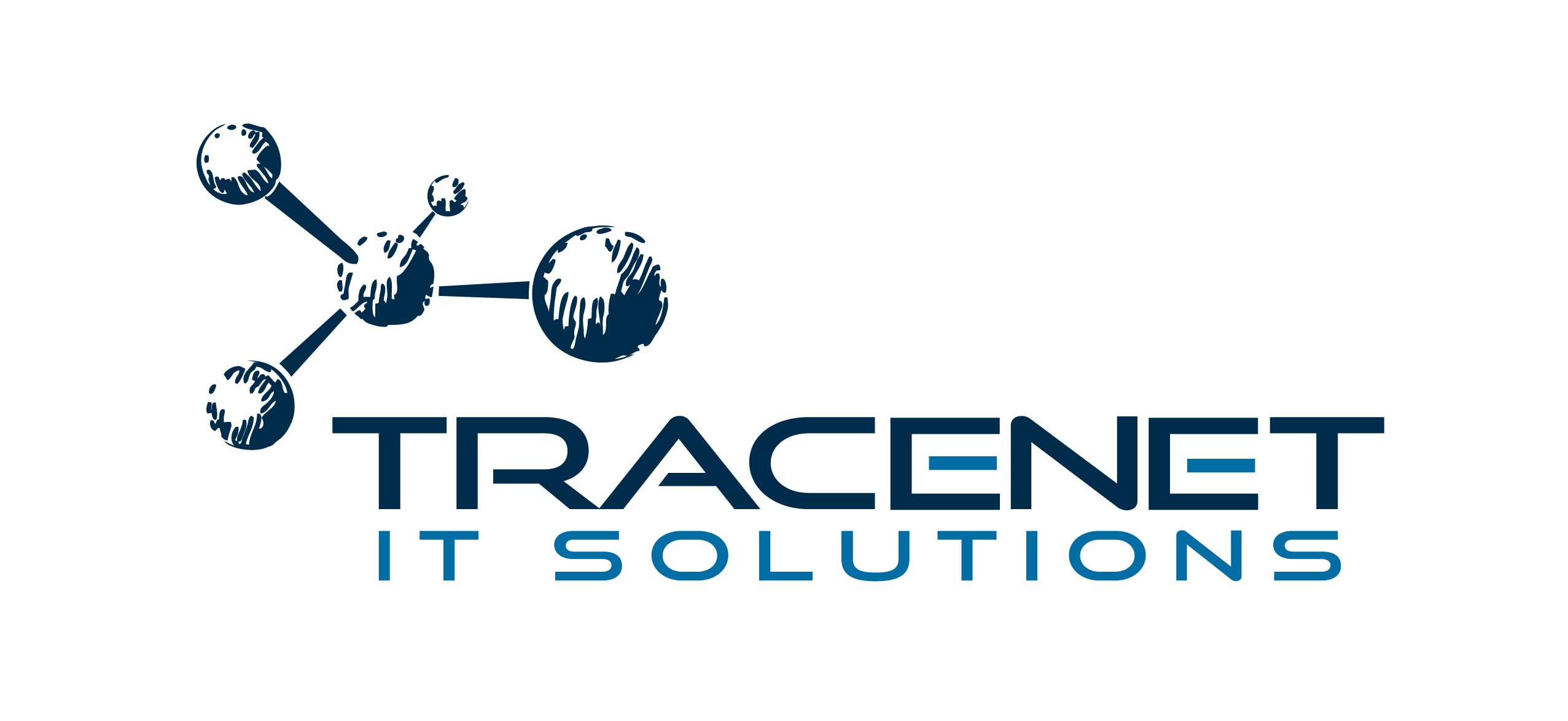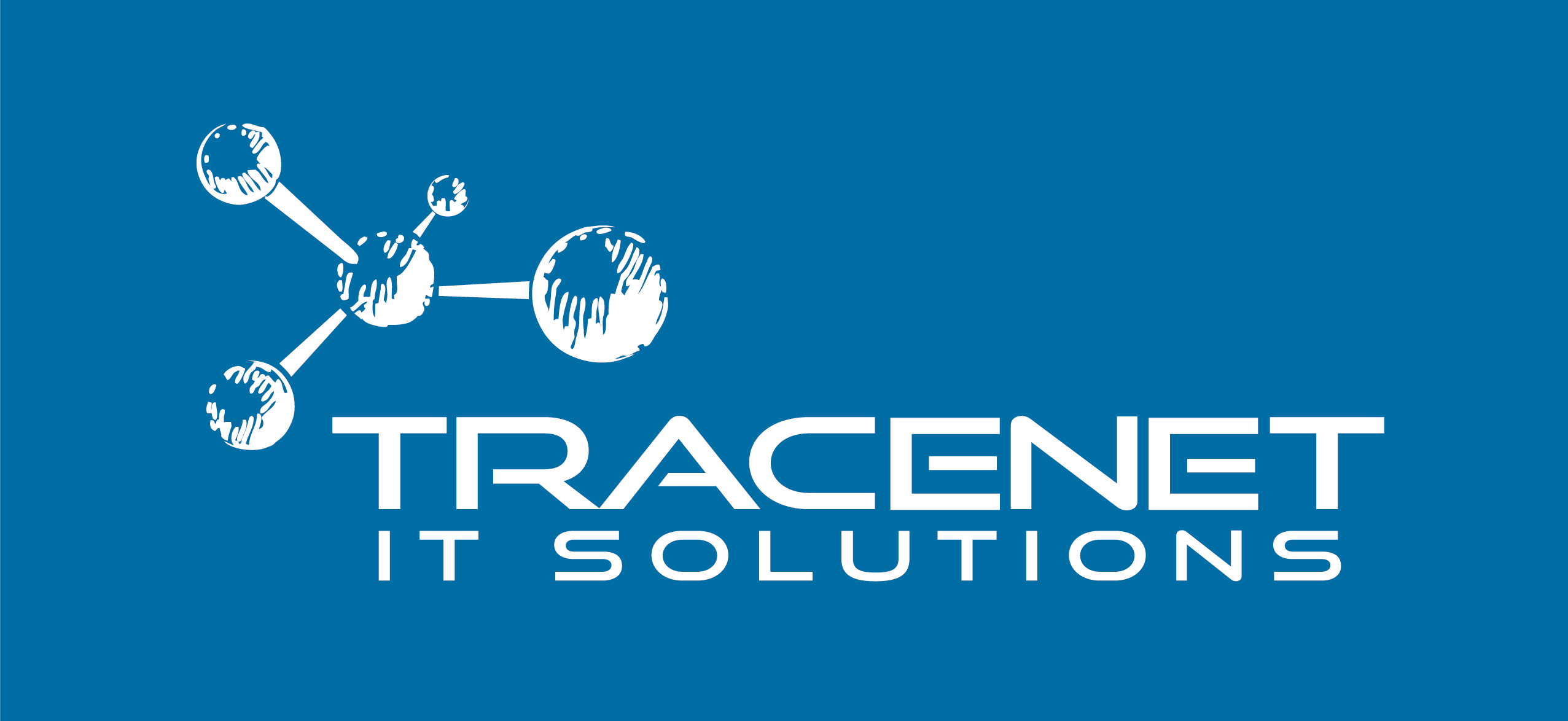Demonstrating information security maturity in the healthcare sector is very important. After all, the amount of data generated daily in hospitals and other healthcare establishments is huge, and cyber-attacks in this area have gradually increased.
Complying with HIPAA (Health Insurance Portability and Accountability Act), a US law, has been a concern not only in its place of origin, but also in other countries seeking to strengthen the security of their patients. Such as Brazil and other countries that are joining forces to protect individuals’ data.
So let’s explore the steps you can take to ensure that your organization is in compliance with HIPAA, thereby improving patient confidence.
What is HIPAA?
This legislation, introduced in 1996, establishes standards for protecting the privacy and security of patient health information. The main objective, therefore, is to ensure that this information is treated confidentially and securely.
The law applies to covered entities, which include: health care providers, health plans and health care agents. In addition, HIPAA also covers business associates, which are entities that work with covered entities and have access to health information.
Check out the main rules for complying with HIPAA:
HIPAA’s main requirements fall into several categories, focusing on protecting the privacy and security of patients’ protected health information (PHI).
This information includes: name, address, date of birth, fingerprints, facial recognition, social security number and medical records, health insurance information, account numbers, IP addresses, billing records, among others.
See the 10 main requirements of HIPAA:
- Privacy of health information: defines how protected health information can be used and disclosed. Patients have the right to access and request corrections to their health records.
- Information security: sets standards for protecting PHI in electronic form (ePHI). This includes administrative, physical and technical measures to ensure data security.
- Breach notifications: entities must notify affected individuals and the Department of Health and Human Services (HHS) in the event of a data breach that compromises ePHI.
- Identification and authentication: entities must implement mechanisms to verify the identity of users accessing health information, ensuring that only authorized personnel have access.
- Training and awareness: all employees who handle PHI must be trained on privacy and security policies, as well as best practices for protecting sensitive information.
- Documentation and records: organizations must maintain adequate documentation on their compliance policies, audits and training, demonstrating that they are following HIPAA requirements.
- Risk assessments: organizations are required to conduct regular risk assessments to identify vulnerabilities in the protection of ePHI and implement corrective measures.
- Transactions and code rule: HIPAA establishes standards for the electronic exchange of health information, including requirements for billing transactions and claims.
- Business Associates: Covered entities must ensure that their business associates also comply with HIPAA requirements by establishing contracts that guarantee the protection of PHI.
- Patient rights: patients have specific rights under HIPAA, including the right to access their health information, request corrections and receive a copy of their records.
These requirements help ensure that health information is protected effectively, promoting patient trust and the integrity of the healthcare system.
Why is HIPAA compliance important?
Maintaining HIPAA compliance is not just a legal issue; it’s a matter of ethics and trust. Violating the rules can result in severe consequences, including the following:
- Significant financial fines
- Legal action
- Damage to the company’s reputation
- Loss of credibility with patients
In this way, compliance not only protects your organization legally, but also ensures that patients feel safe sharing their health information.
Steps to ensure HIPAA compliance!
-
Carry out a risk assessment:
The first step in ensuring HIPAA compliance is to carry out a comprehensive risk assessment. This involves identifying where health information is stored, how it is processed and who has access to it. Consider questions such as:
- What systems store health information?
- Are there security policies in place?
- What protection measures are being used?
This assessment will help identify vulnerabilities and areas that need improvement.
-
Establish policies and procedures:
Once you have carried out the risk assessment, it is essential to develop and implement clear policies and procedures relating to the protection of health information. These documents should address:
- Access control: who can access health information and under what circumstances.
- Training: how employees should be trained on HIPAA regulations and company policies.
- Incident response: what to do in the event of a data breach.
These policies should be reviewed and updated regularly to remain relevant.
-
Train employees
Employee training is an essential part of HIPAA compliance. All employees should be informed about the company’s policies and procedures relating to the protection of health information. Training should include:
- The importance of data privacy and security
- How to identify and report security incidents
- Best practices for handling health information
Make sure to document all training carried out, as this may be requested during an audit.
-
Implement security measures
HIPAA requires covered entities to implement both physical and administrative security measures. This can include:
- Physical Security: Controlling access to places where health information is stored, such as servers and files.
- Administrative Security: Policies that ensure that only authorized personnel have access to sensitive information.
- Technical Security: Data encryption, user authentication and firewalls to protect systems and information.
These measures will help prevent unauthorized access and data leaks.
-
Monitor and audit regularly
HIPAA compliance is not a one-off event; it is an ongoing process. Carrying out regular audits and monitoring access to health information can help identify potential problems before they become serious. In addition, consider implementing:
- Data access activity reports
- Network monitoring to detect suspicious activity
- Periodic reviews of security policies
These practices ensure that your organization is always one step ahead in terms of security.
-
Establish an incident response plan
Having an incident response plan is crucial for dealing with potential data breaches. This plan should include:
- A clear process for reporting and investigating incidents
- A communication protocol to inform those affected
- Corrective measures to prevent future breaches
This planning helps minimize damage and ensures that the organization responds effectively to incidents.
Conclusion
Maintaining HIPAA compliance is a vital aspect for any organization that handles health information. By following the steps mentioned, you ensure that your company is legally compliant, as well as protecting the privacy and security of patient data.
HIPAA compliance is an investment in trust and security, something that will benefit both your organization and your patients.
If you still have questions about how to stay HIPAA compliant or need help implementing these guidelines, we at Tracenet Solutions are here for you! We have information security experts ready to meet your business needs.
Remember: protecting health information is a responsibility that cannot be underestimated.



